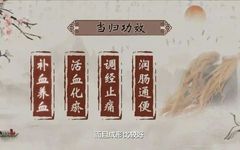Discussing Angelica Sinensis

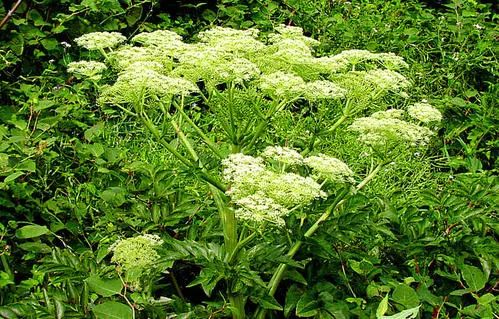
Angelica Sinensis (当归, Dāngguī) is one of the most commonly used herbs in Traditional Chinese Medicine (TCM), ranking eighth among the 25 most frequently used Chinese herbal formulas. Thus, it is often said that “nine out of ten prescriptions contain Angelica.”
|
Si Wu Tang (四物汤) |
Dang Gui Si Ni Tang (当归四逆汤) |
| Dang Gui Shao Yao San (当归芍药散) | Dang Gui Si Ni Tang (当归四逆汤) |
| Dang Gui Shao Yao San (当归芍药散) | Dang Gui Si Ni Tang (当归四逆汤) |
| Dang Gui Bei Mu Ku Shen Wan (当归贝母苦参丸) | Dang Gui Liu Huang Tang (当归六黄汤) |
| Dang Gui and its Formulas (当归及方药) | Bu Zhong Yi Qi Tang (补中益气汤) |
| Dang Gui (当归) | Bu Zhong Yi Qi Tang (补中益气汤) |
| Dang Gui (当归) | Blood Tonics (补血剂) |
| Blood Nourishing Herbs (补血药) | Dang Gui Sheng Jiang Yang Rou Tang Fang (当归生姜羊肉汤方) |
Angelica Sinensis has the functions of nourishing blood, invigorating blood circulation, regulating menstruation, and relieving constipation. It is known as the “sacred herb for women’s health” and is used to treat various gynecological disorders.
Properties and Channels: Warm in nature, sweet, pungent, and slightly bitter in flavor. It enters the Liver, Heart, and Spleen channels.
Sweetness warms and harmonizes the blood, pungency disperses internally, and bitterness assists the Heart and disperses cold (as blood belongs to the Heart, any treatment for the vessels must first nourish the Heart; Angelica’s bitterness assists the Heart). It enters the Heart, Liver, and Spleen (the Heart generates blood, the Liver stores blood, and the Spleen governs blood), making it a vital herb for blood.
Indications:
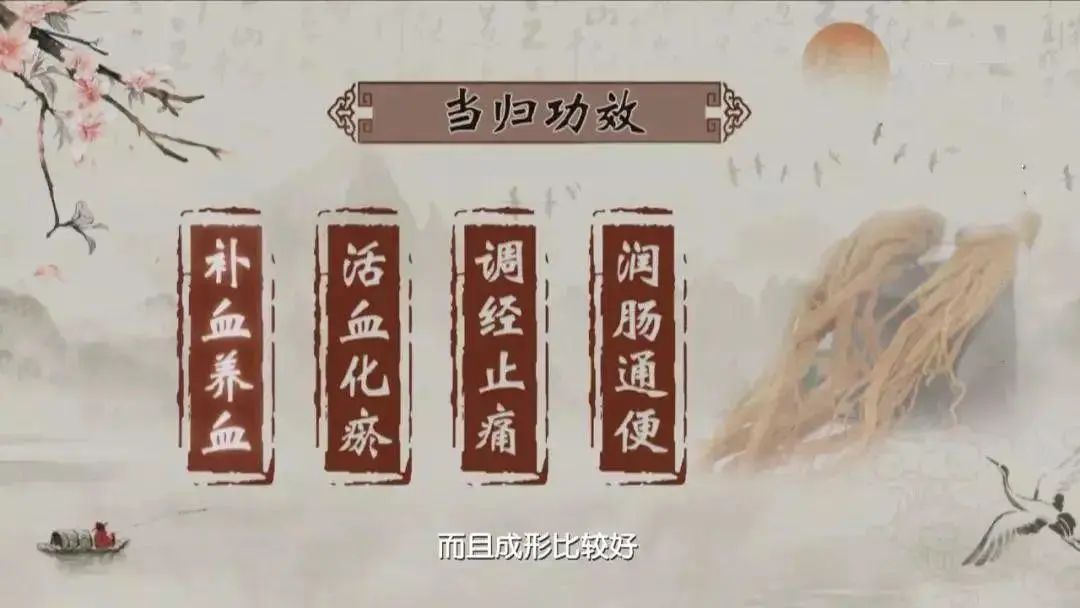
Angelica has red flowers and black roots, with a bitter and warm flavor, embodying the essence of the Shaoyin water-fire energy.
It is indicated for cough and shortness of breath, where the Qi of the Heart and Kidney intersect, allowing for the resolution of cough and shortness of breath.
It treats warm malaria with chills and fever manifesting on the skin, assisting the Heart in circulating blood through the vessels to the skin, thus alleviating the symptoms.
It treats women with excessive vaginal discharge or infertility, assisting the Kidney’s essence to rise and connect with the Heart, thus resolving excessive discharge and infertility.
It treats various sores and ulcers by nourishing blood and detoxifying. For traumatic injuries, it nourishes blood and promotes muscle regeneration.
All herbs can be decocted for drinking, but only Angelica is said to be best prepared as a juice, as it transforms the essence of the Middle Jiao into blood. Therefore, it is said to be prepared as a juice to obtain its concentrated essence.
Origin of the Name:
1. In ancient times, when a man married a woman to have children, Angelica was used to regulate blood and treat women’s diseases, symbolizing the longing for a husband, hence the name Angelica, which resonates with the Tang poem “Hua Ma is a good seed, but no one plants it; it is the time to return, yet he does not return.”
2. Angelica is effective in treating postpartum blood stagnation in women; if Qi and blood are in disorder, taking it can help restore balance, hence the name Angelica.
3. Originating from a geographical name: the main production area of Angelica is in Min County, Gansu. During the Tang Dynasty, the area near Min County was called “Dangzhou,” as it was inhabited by the “Shaodang Qiang” tribe. A local specialty herb called “Qi (蕲)” is Angelica, and in ancient times, “Qi” rhymed with “Gui (归),” thus it was named Angelica.
Transmission of TCM
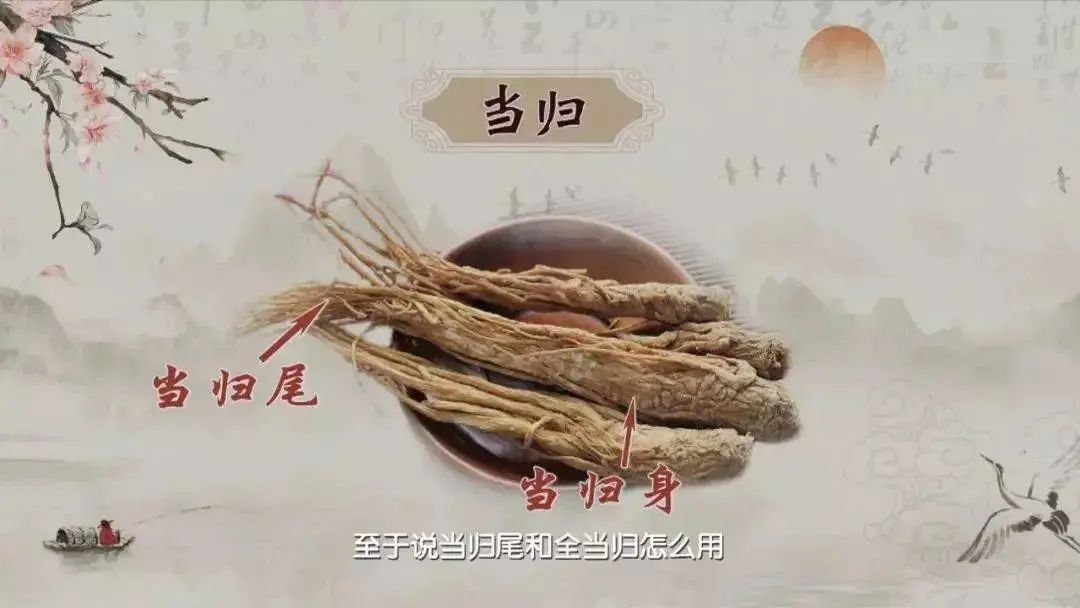
Those with blood deficiency are suitable for taking Angelica.
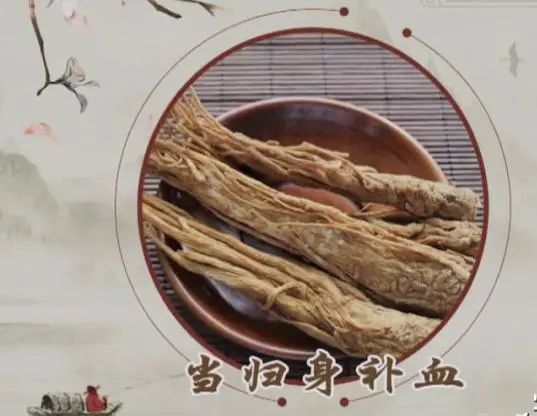
Those with blood deficiency should use Angelica for supplementation, as it is effective in nourishing blood.
Symptoms of Blood Deficiency:
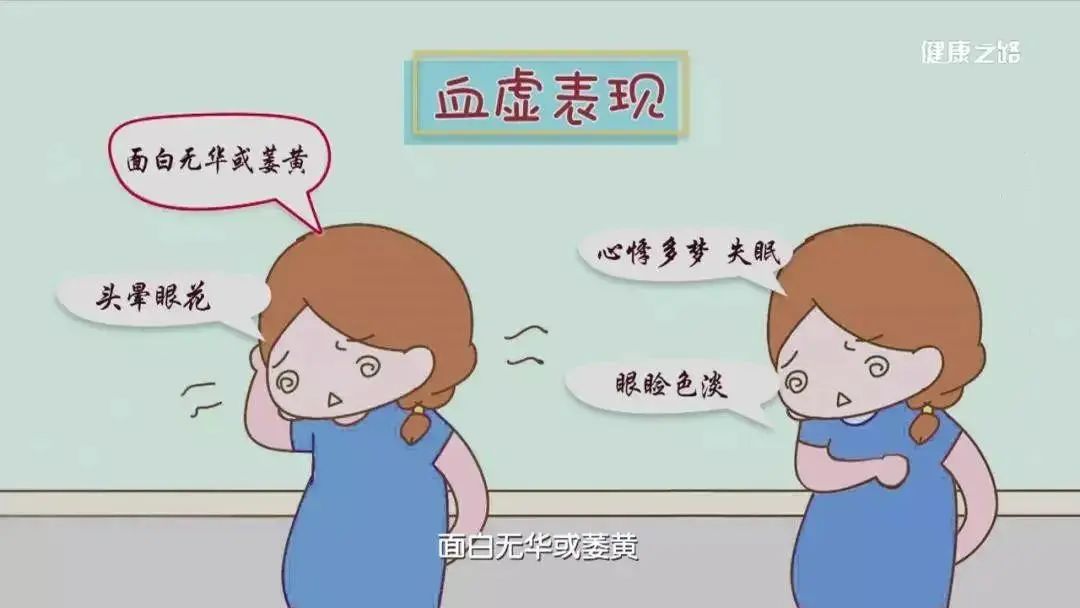
Blood helps the body replenish nutrients. When the blood is abundant, the organs, meridians, and tissues receive nourishment; when blood is deficient, it may lead to blood deficiency, presenting the above symptoms.
Observation of Facial Color: Pale or sallow complexion, often accompanied by dizziness, blurred vision, palpitations, insomnia, vivid dreams, and pale eyelids.
Observation of the Inner Eyelids: Check the inner eyelids; if they are pink, it indicates sufficient blood and nourishment to the eyes; if they are pale red, it indicates symptoms of blood deficiency.
Through observation, if the complexion is sallow and the eyelids are pale, it may indicate a blood deficiency constitution, suitable for taking Angelica for supplementation.
Those with Blood Stasis are suitable for taking Angelica Tail (当归尾).
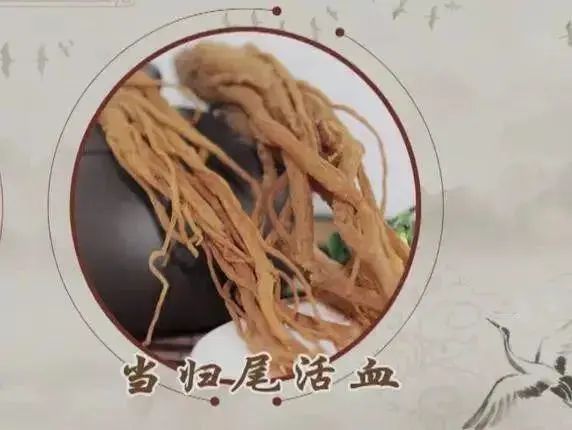
Those with blood stasis or tendencies towards blood stasis should take Angelica Tail, as it is effective in invigorating blood and resolving stasis.
Observation of the Tongue:
Examine the tongue; if the tongue body is dark and the sublingual veins are purple, it indicates a blood stasis constitution. Note: The darker the color of the tongue and sublingual veins, the more severe the blood stasis.
Those with both blood stasis and blood deficiency are suitable for taking whole Angelica.
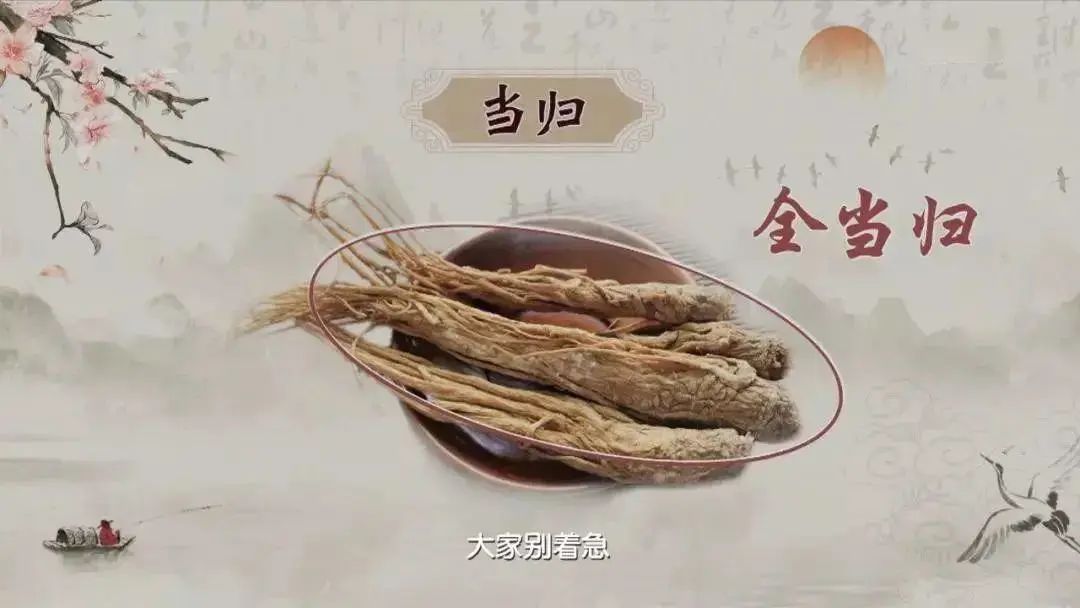
Long-term blood deficiency can lead to blood stasis; patients with blood stasis due to deficiency are suitable for taking whole Angelica for supplementation. Angelica can also regulate menstruation and relieve pain; postpartum women can take Angelica to aid recovery.
Classic Formulas
Dang Gui Bu Xue Tang (当归补血汤)
For treating muscle heat and dryness, thirst leading to drinking, red eyes, and a flushed face, with a large and weak pulse that disappears upon pressure: Huang Qi (黄耆) 1 liang, Dang Gui (当归) 2 qian (washed with wine). Prepare the above herbs as one dose, with 2 cups of water, decoct until 1 cup remains, strain, and take warm on an empty stomach before meals. (From “Nei Wai Shang Bian”)
Dang Gui Sheng Jiang Yang Rou Tang (当归生姜羊肉汤)
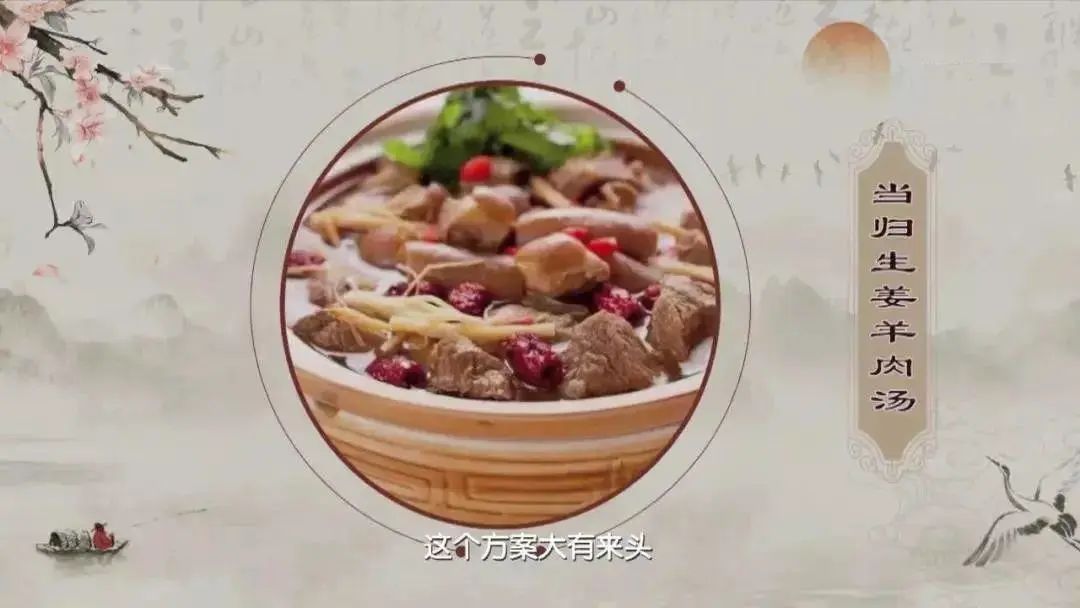
For treating abdominal pain after childbirth, and abdominal cold hernia due to deficiency: Dang Gui 3 liang, Sheng Jiang (生姜) 5 liang, Yang Rou (羊肉) 1 jin. Combine the three ingredients with 8 sheng of water, boil down to 3 sheng, take warm 7 he, three times a day. (From “Jin Gui Yao Lue”)
In winter, it is recommended to take Dang Gui Sheng Jiang Yang Rou Tang: Angelica nourishes blood; ginger warms the middle and disperses cold; lamb warms and supplements deficiency; this soup is suitable for those with cold stomach, insufficient Yang Qi, and blood deficiency, and can also help treat postpartum abdominal pain in women, hernias in men, and deficiency.
Dang Gui Shao Yao San (当归芍药散)
For treating abdominal pain during pregnancy: Dang Gui 3 liang, Shao Yao (芍药) 1 jin, Fu Ling (茯苓) 4 liang, Bai Zhu (白术) 4 liang, Ze Xie (泽泻) 0.5 jin, Chuan Xiong (川芎) 0.5 jin (0.5 jin can also be 3 liang). Grind into a powder, take a spoonful mixed with wine, three times a day. (From “Jin Gui Yao Lue”)
Recommended Medicinal Dishes
Spring Nourishing the Liver and Strengthening the Spleen: Dang Gui Ji Zi Huang Tang (当归鸡子黄汤)
Dang Gui Blood Nourishing Drink:
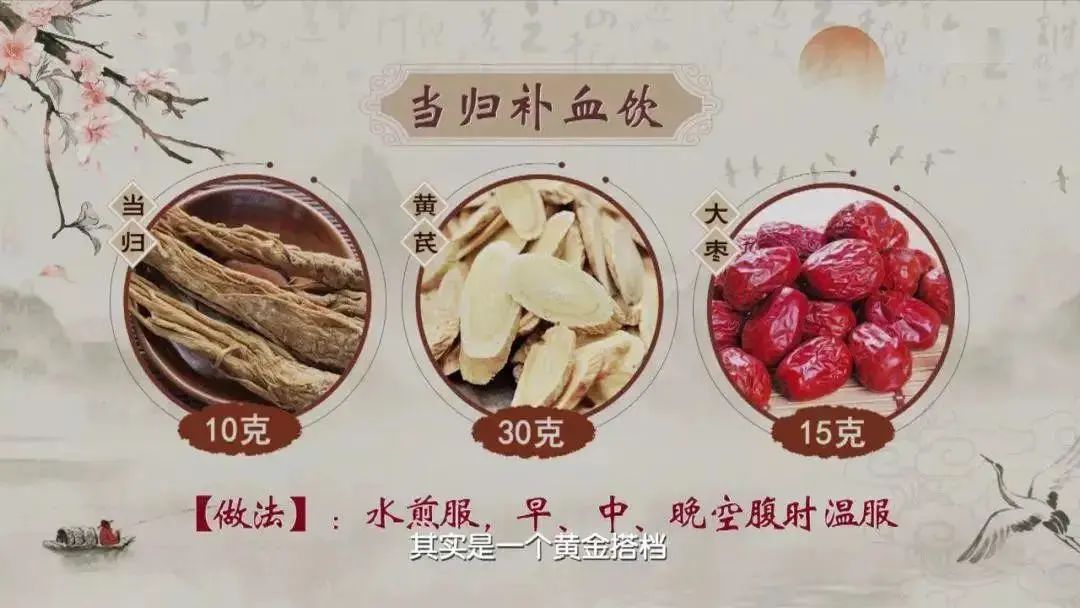
Angelica nourishes blood; Huang Qi (黄耆) tonifies Qi; Da Zao (大枣) nourishes Qi and blood, balancing flavors, and can be made into a tea drink, suitable for those with blood deficiency or both Qi and blood deficiency for long-term use.
Contraindications for Angelica:
According to “Ben Cao Zheng”: Angelica has a sweet and heavy flavor, thus it specifically nourishes blood; its Qi is light and pungent, thus it can also invigorate blood. It is indeed a vital herb for blood, and also a sacred herb for blood.
It can be used to nourish and enrich blood, tonify Qi, stabilize the five organs, strengthen the body, and benefit the spirit. It is suitable for all diseases with physical weakness. When used with attacking herbs, it can relieve pain, promote bowel movements, and benefit the muscles and bones, treating conditions like spasms, paralysis, dryness, and constipation. For those with Yang deficiency and excess Yin, Angelica can nourish blood but should be used cautiously. If blood stagnates and causes dysentery, it is indeed the right herb to use, focusing on its invigorating and slippery properties; if a woman has blood stagnation during her menstrual period, or during labor, or postpartum pain, this should be the primary herb used.
Discussing the Return Point:

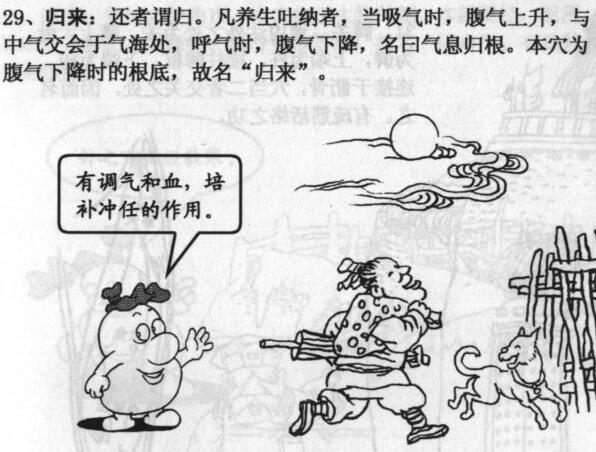
Method of Locating the Point: Lying supine, on the lower abdomen, 4 cun below the navel, 2 cun lateral to the anterior midline, pressing will elicit a sensation of soreness and distension.
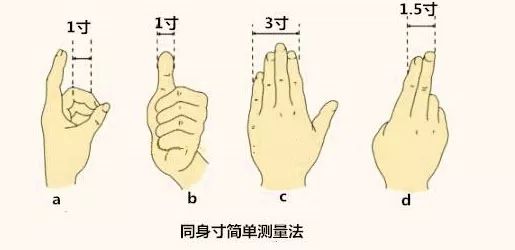

The Return Point belongs to the Stomach Meridian of the Foot Yangming. “Return” means to return, and “come” means to arrive. This point is effective in treating uterine prolapse, running piglet syndrome, and hernias, having the function of returning to the root and restoring balance, hence the name Return Point.
“Return” means to return, and “come” means to arrive. For those practicing health preservation, during inhalation, the abdominal Qi rises, meeting the central Qi at the Qi Sea; during exhalation, the abdominal Qi descends, referred to as the Qi returning to the root.
This point is the root of the descending abdominal Qi, allowing the Qi that does not return, and the displaced masses, to return to their original position, hence the name “Return.” This point treats conditions such as male testicular retraction and female uterine prolapse, all belonging to Qi disorders. It has the function of dispersing cold and regulating Qi, embodying the essence of “return.”
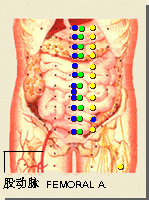
Return Point invigorates blood, regulates menstruation, and relieves pain.
The Return Point has the effect of regulating blood and warming the lower Jiao.
The Yangming Meridian is rich in Qi and blood, and the Chong Meridian is the sea of blood in the body, originating from the reproductive organs and exiting at the Qi Street, ascending along the Foot Yangming Meridian. The Return Point belongs to the Foot Yangming Meridian, adjacent to the reproductive organs, thus it is effective in treating various gynecological disorders. It is a commonly used point for treating menstrual irregularities.

Because it can regulate Qi and blood to unblock menstrual irregularities, and lift the uterus to restore its position, it is named Return Point.
The Foot Yangming Meridian gathers in the genital area, spreading upwards, and the Return Point is located in the lower abdomen, thus it can be used to treat lower abdominal pain, hernias, and other conditions.
The Return Point is indicated for conditions such as lower abdominal running piglet syndrome, testicular retraction, and various hernias. The “Jin Zhen Mei Hua Shi Chao” states: “When a mass is lodged in the abdomen, call it back to return; hernias and running piglet syndrome are also effective treatments.”
The Return Point, the “Angelica” of invigorating blood and regulating menstruation.
The Return Point is an easy-to-understand acupoint name, and its function is equivalent to that of Angelica in traditional medicine for invigorating blood and regulating menstruation, making it an important acupoint for treating gynecological diseases. The name Return Point is rich in human sentiment, akin to a woman eagerly awaiting her husband’s return. The ancients named it this way, also reflecting one of its important therapeutic effects, which is to ensure that delayed menstruation arrives on time, thus treating menstrual irregularities. Any gynecological disorders such as irregular menstruation, excessive or insufficient discharge, and uterine prolapse can be treated by needling the Return Point.
Massage Technique: Lying supine, place both hands on either side of the Return Point, using the fingertips to apply pressure in a circular motion, alternating clockwise and counterclockwise. The pressure should be even, gentle, and penetrating, reaching deep into the tissues. Perform this twice daily for 3-5 minutes each time, generally massaging both sides simultaneously.
Special Massage Technique: Using the middle three fingers, press down vertically and massage the Return Point from the inside out, performing this for 1-3 minutes each morning and evening, which can treat menstrual irregularities, infertility, and impotence.
As parents, not knowing medicine is unkind,
As children, not knowing medicine is unfilial.
Welcome everyone to follow the WeChat public account of Caiyun.

